AUDIO GALLERY

What do estuarine habitats sound like?
Our study in Pamlico Sound, North Carolina has produced hundreds of hours of recordings of oyster reef habitats and off-reef soft bottoms. There is a tremendous amount of variation in the soundscape in space and time (which our research is attempting to quantify), but there are consistent differences between the habitats, biological and physical sounds common to habitat-types, as well as interesting transient noises.
Listen to an example of typical reef sound and off-reef sound (recorded at the same time) below.
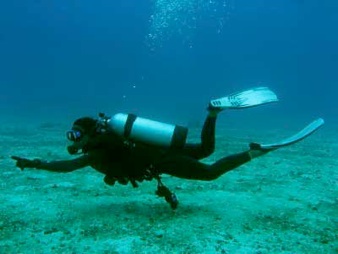
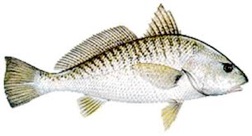
This audio gallery is under development. Soon we will be adding audio clips to showcase how our estuarine soundscape changes throughout the year, as well as the sounds of additional habitats from around the world, so please stay tuned as we update this page!
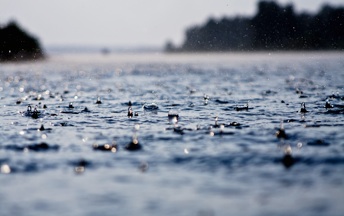
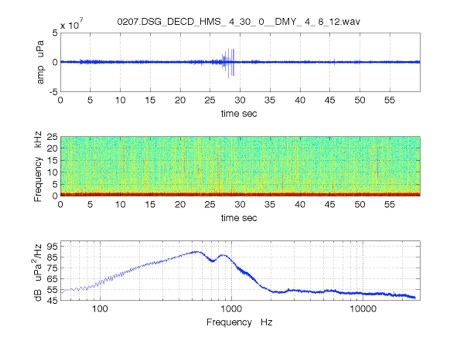
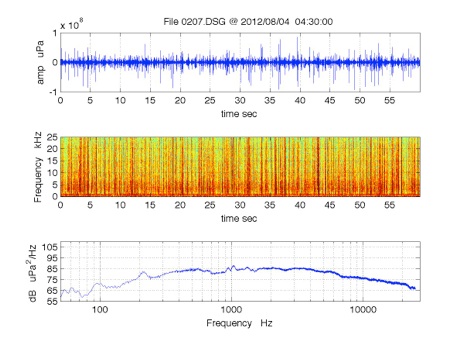
Reef Sound Example -
Recorded at West Bay oyster reserve using a Loggerhead Instruments DSG acoustic recorder (20 dB gain, hydrophone sensitivity -180 dB re 1 V/µPa)
Off-Reef Sound Example -
Recorded 1.5 km from West Bay oyster reserve in mud bottom using a Loggerhead Instruments DSG acoustic recorder (20 dB gain, hydrophone sensitivity -180 dB re 1 V/µPa)
You will notice that the reef sound clip is far noisier, replete with the snapping and crackling sounds of snapping shrimp. There are also fish calls (drumming, knocking, whistling) from common species of sound-producing fish. In the off-reef sound clip you can hear some far-away snaps of invertebrates, and intermittently a fish sound, but primarily the sounds of waves and water flow over the hydrophone.
Below we have selected recordings to highlight the biological and physical contributors to the oyster reef soundscape. Because these are recordings of the ambient reef sound, each clip contains a mixture of sounds. If you want to hear the sounds of specific fish, invertebrate and mammals click over to DOSITS audio gallery or visit Dr. Joe Luczkovich’s fish sound archive.

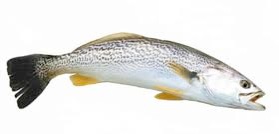

There are plenty of fish on our oyster reefs, and many species produce loud knocks, honks, croaks, grunts and purrs. The clips above contain a combination of fish sounds present on the reef.
These first two audio clips highlight two major contributors to the oyster reef soundscape - the snapping shrimp (heard in almost all reef sound recordings) and the oyster toadfish. The steady toadfish “honks” can be heard if you listen closely through the snapping shrimp crackle.
Meteorological activity is certainly an important aspect of the soundscape. Listen to hear how light rain on the surface can change the reef soundscape.
Humans are part of the soundscape too! In this audio clip we have captured the sounds produced by divers on an oyster reef.